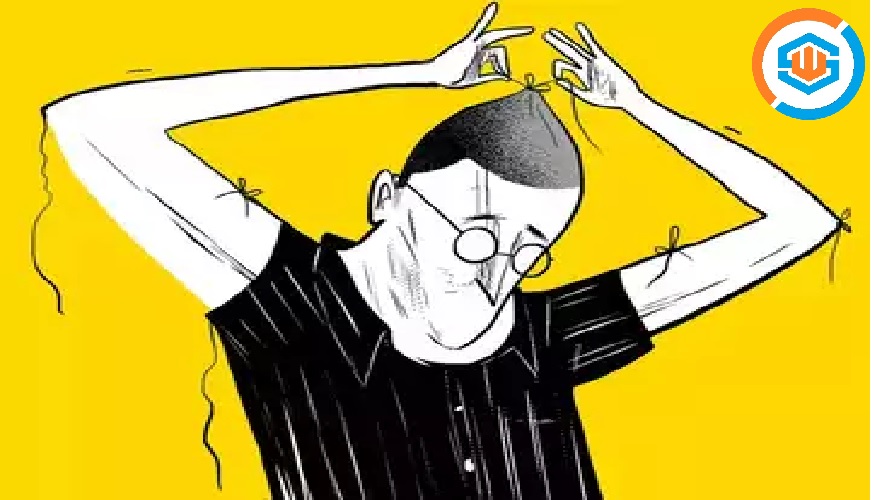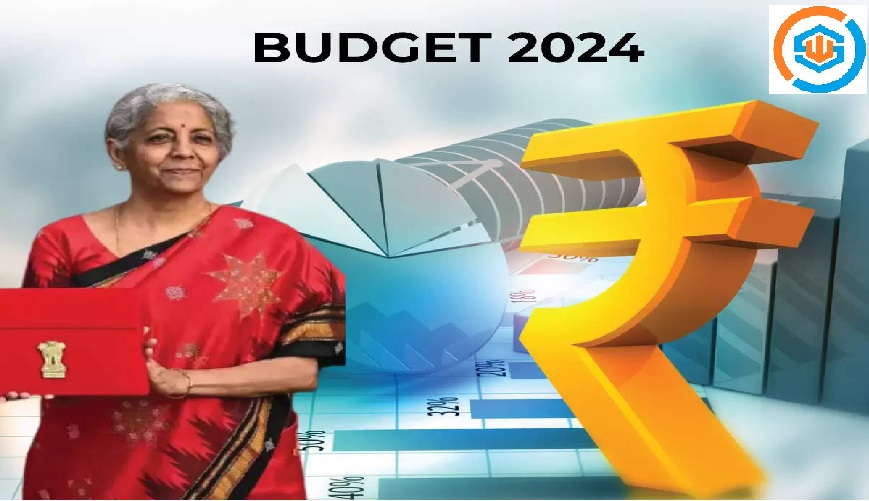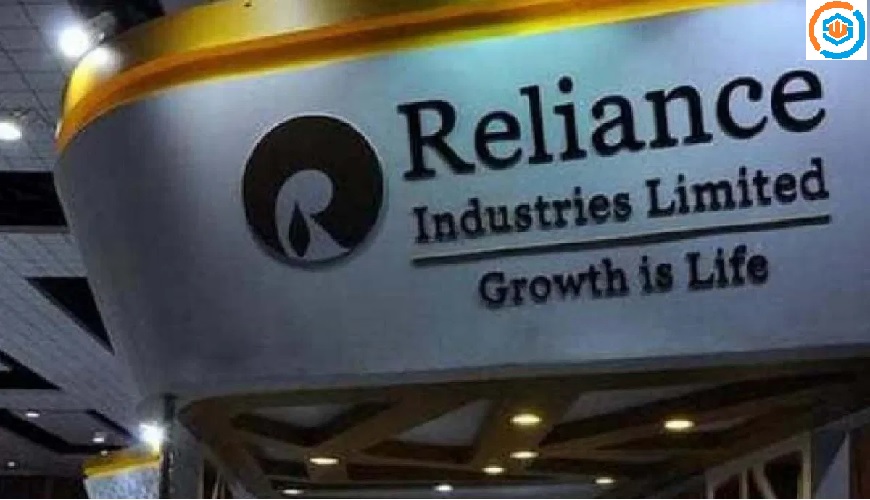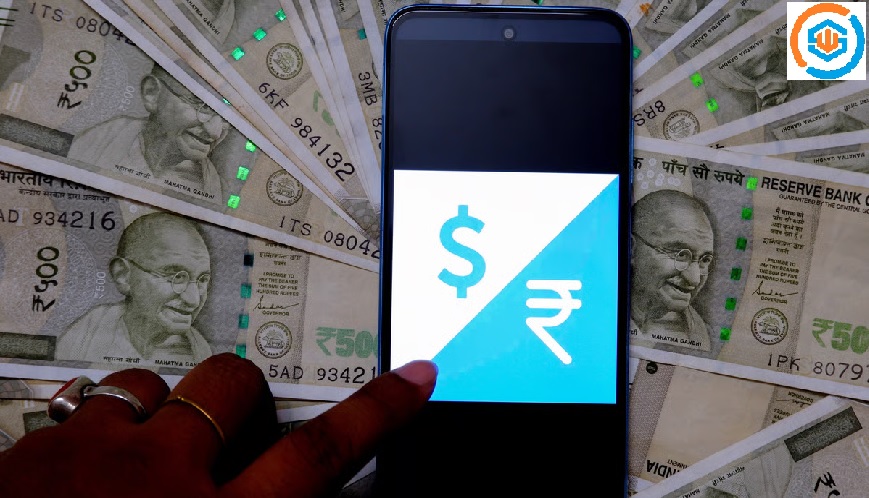
- 23 Jul
- 2021
Reforms produced a large middle class. But it hasn’t played an emancipatory role
One of the consequences of economic liberalization was a major change in the size and composition of India’s middle class. Earlier it was largely a creature of the state, comprising mostly government employees. But with government employment basically stagnant since then, expansion of the private sector has been the primary driver underlying its growth. And the vast majority of the lower-middle class are the first generation of their family to belong to this group, having ridden the escalator of economic growth. But many are sliding back, the victims of India’s economic crisis.
The growth of a middle class was expected to play a transformative role in propelling the economy on the one hand and modernizing Indian society and politics on the other.
In part, this might have to do with how we define the middle class. Conceptually it comprises those whose socio-economic position fell between the working and propertied classes, the latter initially rooted in the aristocracy and later to the capitalist classes. But beyond that broad definition, economists and consulting companies favor income and consumption criteria. While having a scooter in the 1970s might have signaled middle-class status, today is it having a car? If so, about 10% of Indian households would be middle class.
An income definition, with “middle income” defined as living on $10-$20 daily and “upper-middle-income” defined as living on $20-$50 daily, would also yield a class that was about 10% of the population pre-pandemic, according to a recent Pew Study; numbers have fallen by a third since then.
In India, an argument could be made that anyone employed in the formal sector is middle class because of the particular social safety nets, whether employment guarantees, pensions, or healthcare, which ensure the stability of lifestyles that we associate with the class. This too would yield an Indian middle class that is about 10% of the population, an order of magnitude larger than in 1990, but on a population base that is 50% larger.
The Indian media landscape has radically transformed post-liberalization. Private TV channels were non-existent in 1990. Today there are 392 news channels alone. The internet was non-existent in India 30 years ago. Today more than half its households have access. According to the Reuters Institute Digital News Report 2021 India is one of the strongest mobile-focussed markets globally, with more than 600 million active internet users, many of whom access the internet only through mobile phones. According to Facebook, 416 million users in India access it every month and more than half – 234 million – access it every day.
The links between higher education and the professions have a critical impact in shaping the attitudes and sensibilities of the class. Since liberalization, higher education in India has expanded tenfold and in principle should have shaped the attitudes and values of the large middle class it has generated. However, a professional who has paid a premium price for his credentials while receiving a poor quality education will not only cut corners to recover that investment but will also have little regard for professional norms and ethics since his education did little to impart him with any professional values.
It has long been recognized (going back to Durkheim in his classic work, Professional Ethics, and Civic Morals) that the state simply cannot perform the regulatory function of professions. While professional associations derive some of their regulatory power from the state, they must not be part of the state.
Unfortunately, the failures of the middle class to better govern the very professional organizations that have been the source of its social power are manifest, be it the governing body of accountants or of architects, lawyers, doctors, engineers, teachers. The Bar Council of India and the Medical Council of India (replaced by the National Medical Commission in 2020) are prime examples of professional misconduct themselves.
They epitomize a harsh reality. The institutional malaise in the governance of the professions is an important reason not just for the weaknesses of the professions themselves, but in their larger failure to hold the state to account – a failure that is all too manifest today.











